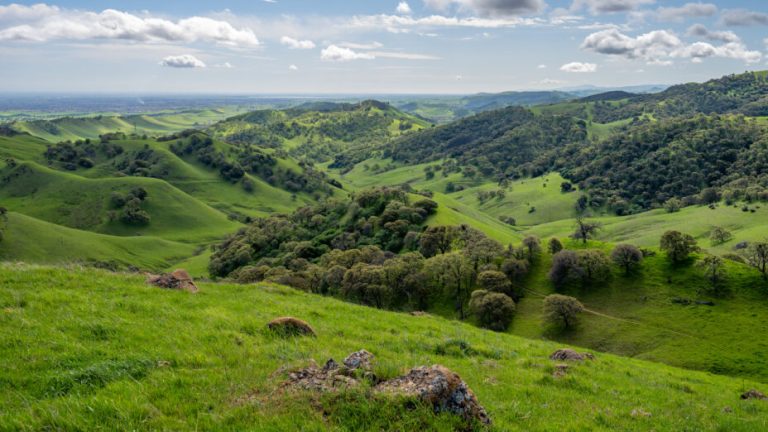Understanding the Value of Conservation
Land conservation extends far beyond protecting acreage from future development. It’s about safeguarding vital ecosystems, soil health, water resources, and the agricultural productivity that sustains communities and economies. Property owners are recognizing the importance of thoughtful stewardship as interest grows in preserving landscapes for farming, recreation, and wildlife. Many are turning to trusted resources and listings, such as those found with land for sale Iowa, to identify properties with conservation potential and ensure their values endure for future generations.
Conservation-minded ownership upholds more than personal interests. According to the Nature Conservancy, protected lands can enhance flood resiliency, improve air and water quality, support biodiversity, and create economic value for rural areas. As climate conditions shift and population pressures increase, such lasting benefits become even more critical.
Laying the Groundwork for a Lasting Legacy
Establishing a conservation legacy starts with a clear vision for the land’s future. Owners should consider how they want the property to contribute to family, community, and ecological well-being. Early planning discussions with heirs, potential successors, and professionals can clarify priorities and reveal creative ways to align conservation with personal and family goals. Documenting these intentions in writing ensures that stewardship values and specific land uses are communicated and honored.
Families who succeed in long-term conservation planning often involve the next generation early, building a shared sense of responsibility. This encourages the passing down of not just land but deep knowledge about its unique resources, history, and potential. Landowners reinforce a connection to a place that lasts beyond their lifetime by focusing on clear communication and education.
Legal Tools for Conservation
Conservation easements are among the most effective legal mechanisms for ensuring land remains protected long-term. Property owners can limit types of development or land use through these voluntary agreements while maintaining ownership. Such tools often provide tax advantages and secure conservation outcomes that persist even if the property changes hands. Legal and financial professionals, working alongside conservation organizations, are key partners in structuring easements to reflect the owner’s intent and maximize environmental and economic rewards.
The Land Trust Alliance offers guidance on the practicalities and importance of conservation easements, outlining routes to navigate estate planning, charitable donations, or outright gifts to land trusts when appropriate. Carefully executed legal agreements not only protect irreplaceable resources; they also help families avoid future disputes and provide clarity for all stakeholders.
Sustainable Management for Future Generations
Conservation doesn’t end with legal documentation. Active stewardship ensures that soil fertility, wildlife habitat, and water quality are maintained or improved over time. Practices such as rotational grazing, reforestation, wetland restoration, and limited chemical use preserve a property’s value while enhancing its ecological function. These measures also support agricultural productivity and provide resilience against changing weather patterns.
Embracing sustainability is a forward-thinking strategy. Properties managed with regenerative practices are more attractive to future buyers and likely to command a premium. They also stand as real evidence of a commitment to long-term well-being for human and natural communities.
Collaboration and Community Impact
Long-term conservation rarely happens in isolation. Successful landowners partner with conservation groups, government agencies, and local organizations to multiply their impact. Collaborative efforts frequently result in larger connected habitats, public recreation opportunities, and educational programs. Community involvement can support shared goals, such as watershed protection, increased access to green space, or agricultural education initiatives.
When landowners collaborate with neighbors and regional land trusts, they help ensure that conservation gains endure on a landscape scale. Collective action amplifies the benefits of individual decisions, leaving a visible and valuable legacy for many generations.

